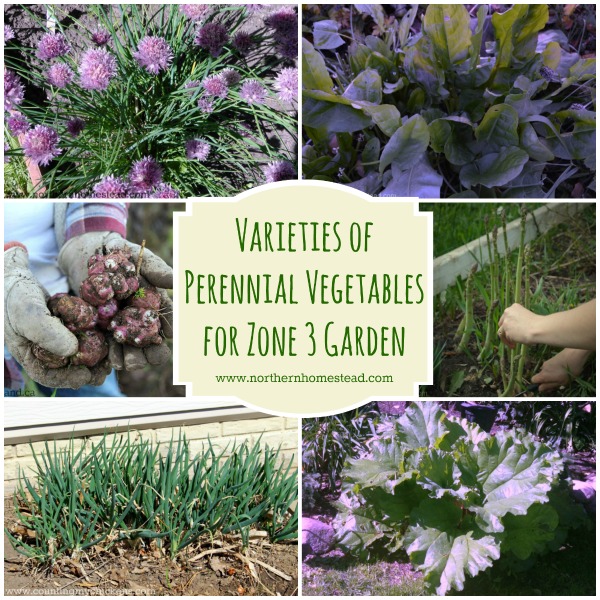
Perennials are plants that you plant once, and they come back year after year. By choosing a hardy variety for your climate, perennial vegetables are often the first vegetables that come up. Before you can even plant an annual garden, you can often already harvest some of these hardy perennials.
There are many perennial flowers that we enjoy in our urban garden. We also grow perennial herbs, berries, vines, and fruit trees. Today let’s take a look at the vegetables. By vegetables, I mean anything that is not a herb, and also not a sweet berry or fruit.
1. Rhubarb
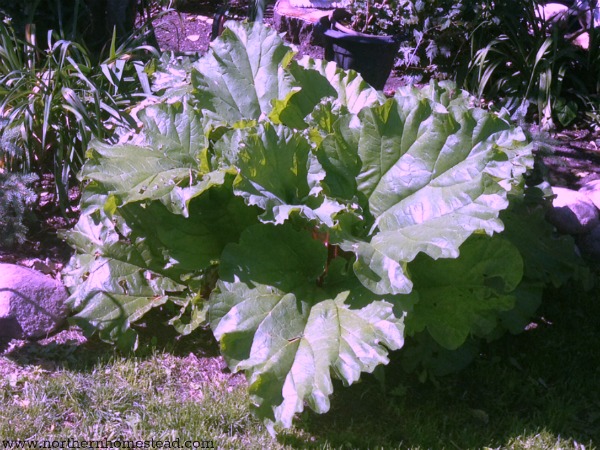
Rhubarb is a must-have in a northern garden simply because it grows so well in our climate, and there are so many yummy recipes to use rhubarb for.
Rhubarb is very easy to grow, plant it once and it will grow into a beautiful bush. When the plant gets too big, divide it and give some to a friend or plant in a new location.
For the best rhubarb varieties ask around who has one that they particularly like. Our plant comes from a family that had this particular rhubarb growing for generations. It has a reddish stem and is a heavy producer.
Only the stalks of the rhubarb plant are edible, the leaves are toxic to humans. Cut the stalks close to the ground or even better carefully break them out. If you wiggle the stem, it loosens itself.
The big rhubarb leaves are great for the compost bin.
You can harvest about 1/3 of all the leaves at once. To get thick, healthy stalks, stop harvesting mid-summer, giving the plant time to recover. Now you can also let the plant go to seeds, they look beautiful. Rhubarb is also a great ornamental plant.
A simple Rhubarb recipe is the 7-in-one coffee cake.
2. Sorrel
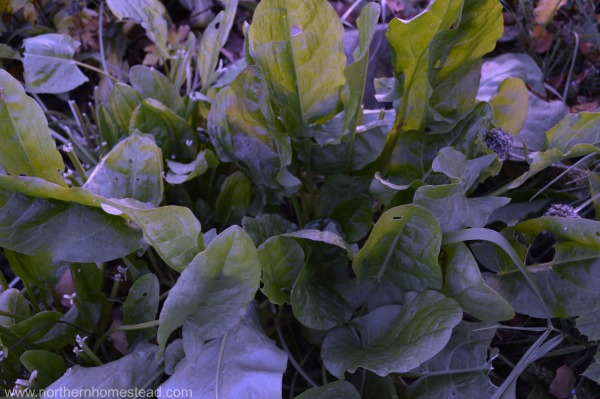
Sorrel is one of the first greens to come up in spring. Just for that reason, it’s already a great plant to have in your garden. If you keep harvesting and cut back the buds so the plant does not go to seed, sorrel will keep producing all summer long.
Sorrel can be planted under trees since it will start growing before the trees will have leaves, and it will not mind a bit of shade in the summer.
Sorrel is grown from seeds, or you can divide an existing plant to share. There are many varieties of sorrel, we grow French sorrel.
The leaves remind me a bit of spinach, but sorrel leaves have more taste to them; they are sour. Our favorite recipe is Sorrel Soup with Poached Eggs. Sorel is also great in salads or simply as a snack in the garden.
3. Asparagus
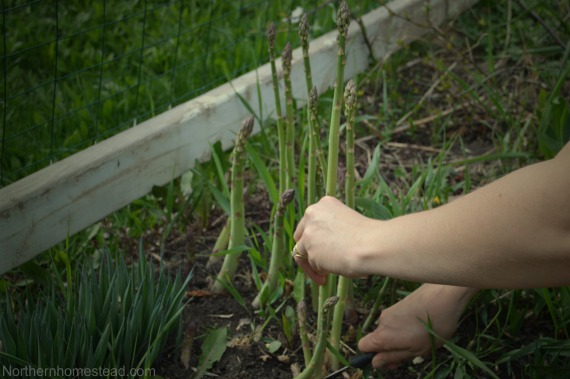
Fresh asparagus from the garden is a real treat. It can be enjoyed raw or cooked. I never even tried raw asparagus until we started growing our own. In stores, you seldom get this yummy vegetable so fresh that it would be good for raw eating.
Asparagus grows best in full sun. Soggy wet locations should be avoided. It is a good plant to grow at the end of a garden or along the fence line. Asparagus needs lots of room and it will grow into a tall (3-4 feet (1.00 m)) plant.
Asparagus is grown from seeds, but that takes many years. So most gardeners get asparagus roots that are already 3 years old. Asparagus should be cut very sparingly the first year. Once established you will be able to harvest asparagus for many years from early spring for 6 weeks, subsequent shoots should be allowed to develop into ferns. Harvest the spears when they are 15 cm (6 in) above ground, cutting them below the soil level.
Varieties we grow are Mary Washington, the hybrid Jersey Knight, and sweet purple.
4. Chives

We have onion and garlic chives growing everywhere in our garden. They are so good as a culinary herb, as a companion plant under trees, and they look so neat in the garden. Once established you can divide a plant and plant in a new location. I like to have some in a very sunny location, so they come up early in spring, and some under shady bushes or trees, so they are green longer.
The flowers are not just pretty, they are edible too.
5. Sunchokes
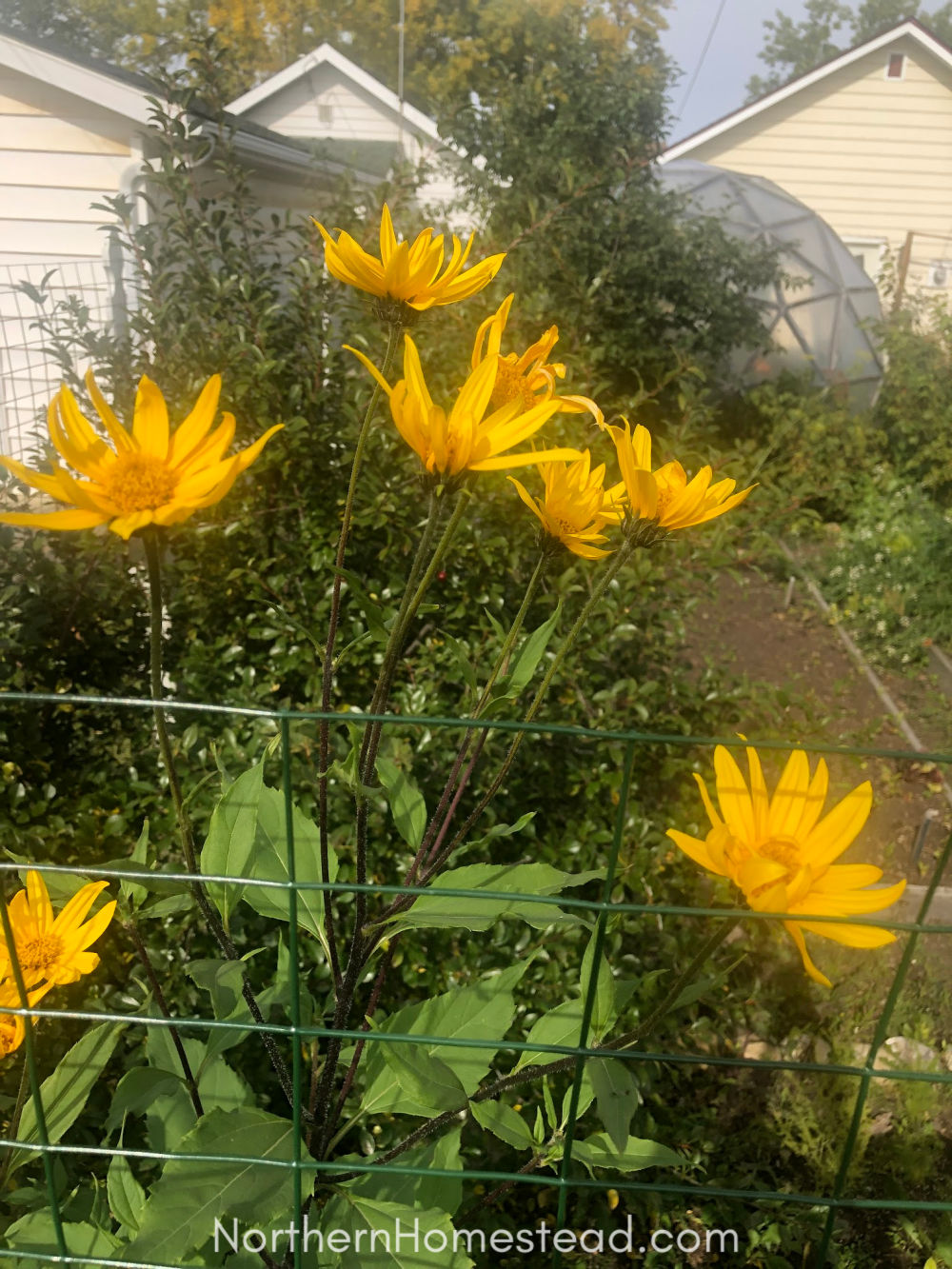
Jerusalem artichoke or Sunchokes are my new favorite perennial vegetables. The blossoms look like sunflowers and the tubers are edible. It’s a double win in the garden. They will grow into an 8 feet tall plant, and also tend to spread. Plant only if you do have room for it like WalkerLand does (Photo Credit).

There are many varieties of sunchokes, again, the best way to find the one that grows well in your area is asking around who grows them. We grow the white more round tubers. They are great for our short growing season.
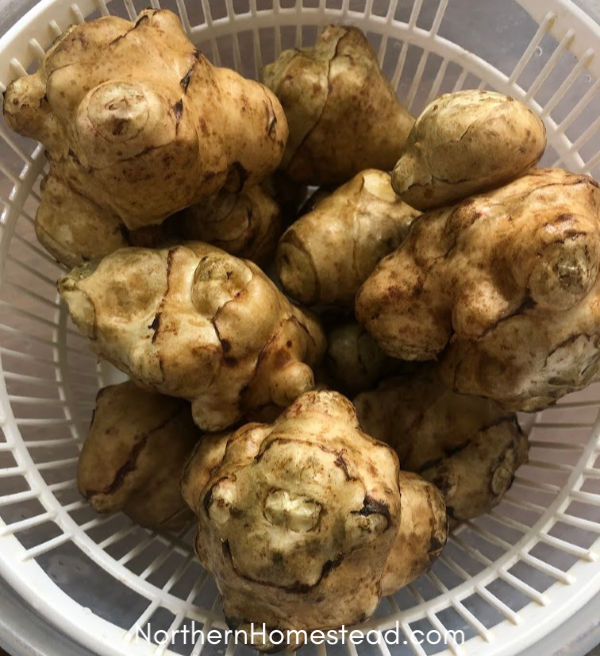
Sunchokes taste best after they get some real frost, it seems that they are also better digestible then. After the frost kills the flowers, cut the plant back to about 2 feet (0.61 m). Leave for another 2 weeks to harden the skin. You can harvest them all in the fall, or leave some in the ground till spring harvest.
6. Horseradish
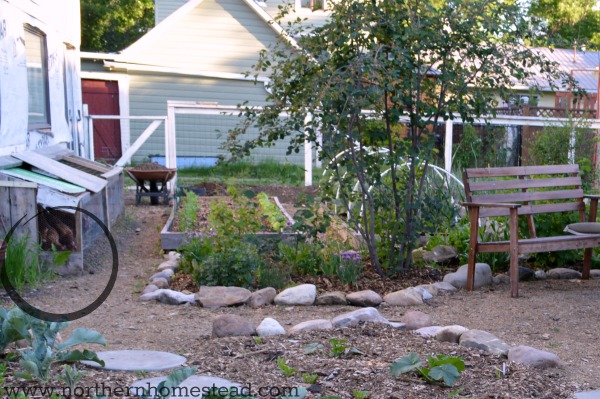
Horseradish is a very invasive plant. Nevertheless, I think it is a must-have in every garden. Find a spot for it where it can’t spread. Ours is growing between the chicken run and a path. This way I know it can’t go anywhere. If you are not careful and plant it in good soil in your vegetable garden, it can take over your garden in no time.
We use horseradish leaves in fermenting, and the roots for fire cider.
7. Walking onion
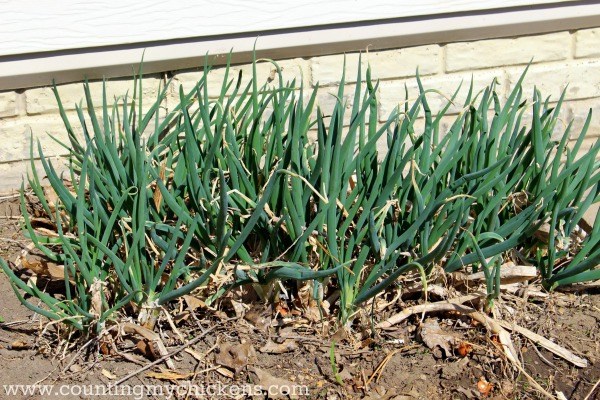
Walking onions also called tree onions, topsetting onions, or Egyptian onions, are a fun plant to grow. They produce bulbs at the top of the plant on decorative stalks. It’s like Deb (@ CountingMyChickens Photo Credit) says: “they will keep going and going”. This is a hardy perennial for a northern garden that will provide you with onions and onion greens at all times. However, do not expect it to be a real bulb. We mostly just use the onion greens in spring.
The seeds of a walking onion look like little onion bulbs. I don’t recall ever seeing them in stores. But if you ask around gardeners who grow them, usually have an abundance to share.
8. Lovage
Lovage is a tall perennial plant, there was one growing in our garden when we moved in. However, it took up so much space, and we did not know yet how to use it, so we got rid of it. Today I’m thinking I should have saved some of it in a corner somewhere. The leaves are used as a herb, the roots as a vegetable, and the seeds as a spice, especially in southern European cuisine. We have only had it in a spice blend, where I really liked it. So maybe one day it will move in into our garden again.
What perennial vegetable do you grow in your garden? Have we missed one that you particularly like? Please share.
We invite you to subscribe to Northern Homestead and follow us on Instagram, Facebook, or Pinterest for the latest update.

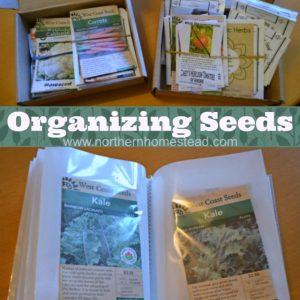
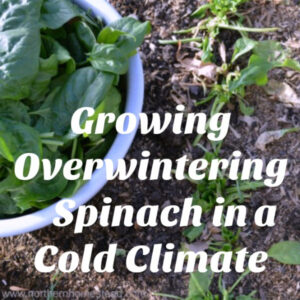
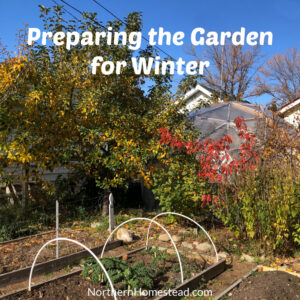
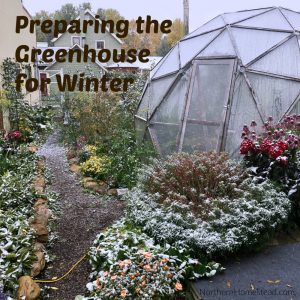
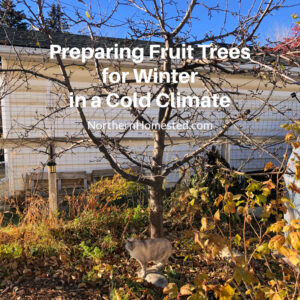
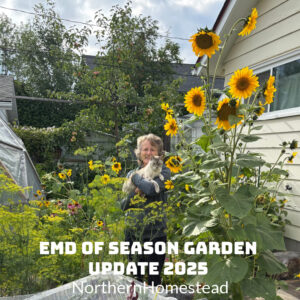
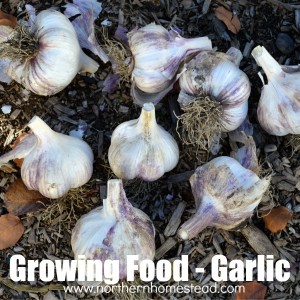
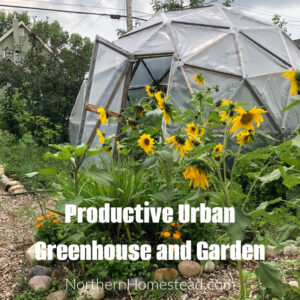
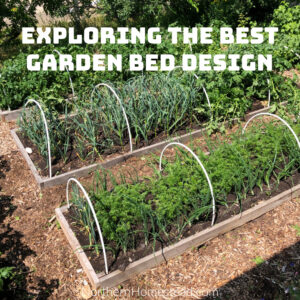
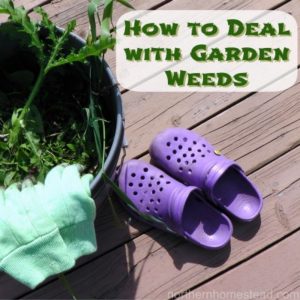

We live in Zone 3 in BC Canada, so I already grow a few of these great perennials. But haven’t tried Sorrel, I will have to give that a try. I love enjoying Rhubarb and Asparagus every year and the flowers of Chives are so pretty!
Sorrel is one of my favorite because I like greens. Plus if there is to much of sorrel, it is a real treat for the chickens, too.
I grow Welsh Onions in my Zone 2 garden in Northern Alberta. When pulled they are like a green onion. They self seed freely and are pretty enough for the flower bed. We also have rhubarb and asparagus.
I grow regular (I think) green onions as a perennial in my Winnipeg garden. The clump keeps expanding, so it can be divided and shared too!
I have Hablitzia Tamenoides or Caucasian climbing spinach. It tastes like lettuce and spinach. Very mild not bitter. Grows in shade and climbs up to 10 feet. You can cook it or eat it raw. You must cold stratify the seeds to start them.
I have been looking for more edible perenniel crops to grow. I think I will add sorrel to my roster. Thank you!
Sorel is a great plant to add. The earliness is probably what we like the most.
poke, Phytolaca americana, is the best tasting green you will ever eat. you must boil the leaves for 5 minutes and discard the water. grows like a weed 9 ffet tall